OnePlus went from strength to strength in 2021, but we've got a long wishlist for the upcoming 10 series.
With the recent news that OnePlus won't be launching a 9T-series device in 2021, fans of the Chinese company will instead be looking ahead to the next generation of OnePlus phones. And while the brand's current flagship, the OnePlus 9 Pro, remains one of the best Android phones of the moment, that doesn't mean there aren't plenty of improvements we want to see in the OnePlus 10 series.
From camera upgrades to software tweaks, these are the top 10 things we're hoping OnePlus will bring to its lineup in 2022.
1. Superzoom cameras
This is arguably the biggest camera feature missing from OnePlus's current flagship. The 3.3X telephoto shooter used in the OnePlus 9 Pro has gone largely unchanged since its introduction in the OnePlus 7 Pro, so it's due a sizable upgrade. In addition, OnePlus's current zoom camera is weak in low light and lacks the resolution for any kind of useful hybrid zoom. So if the company is going to continue competing with Samsung's flagships in 2022, it's time to switch to a periscope telephoto setup.
The first OnePlus phone with a periscope camera?
First seen a couple of years ago in devices like the Huawei P30 Pro, superzoom cameras bring unique versatility to the kinds of shots you can take with your smartphone. This type of camera would fit nicely alongside the high-quality wide and ultrawide sensors OnePlus has been able to source for its flagships for the past two generations.
2. Bigger batteries, not just fast charging
OnePlus's Warp Charge (née Dash Charge) was one of the first mainstream super-fast-charging standards, and in recent years Warp Charge has expanded to include fast wireless charging too. However, there's always a technological trade-off between charging speeds and battery capacity with any fast-charging system. Batteries can swell more when charging quickly, which reduces the maximum overall capacity.
So we think 65W wired and 50W wireless are fast enough in 2022 and that OnePlus should instead work on improving its battery capacities in the coming year. While the OnePlus 9 series' battery life wasn't terrible, it was fairly easy to kill off the phone in under a day with heavy use. Ultra-fast refills may capture headlines, but a phone that lasts until the end of the day, every day, is more important in the long run.
3. Better computational photography features
The OnePlus 9 Pro generally takes good-looking photos in most conditions with its primary and ultrawide cameras. And the most recent OnePlus flagship also benefits from nice-to-have extras like 120fps slow-mo video at 4K resolution. But the company's flagships have traditionally fallen behind the likes of Samsung and Apple when it comes to more advanced computational features. Sure, the Nightscape mode is great, but panorama and portrait modes are more error-prone than the competition in our experience.
And OnePlus also lacks anything as extravagant as Samsung's One Shot mode, which captures imagery from multiple cameras at once, automatically saving the best captures. However, as the company's partnership with Hasselblad grows, this is one area we'd expect to see further development.
4. Improved selfie cameras
OnePlus has historically lagged behind in the selfie department.
The OnePlus Nord 2 has already shown what the brand can achieve in front-facing photography when it really wants to, with that phone's large 32MP selfie shooter matching more expensive rivals in terms of detail and dynamic range. But OnePlus's mainstream flagships have been less competitive in this area. For example, even the top-tier 9 Pro doesn't support 4K video recording or Nightscape mode in its front-facing camera.
Both should be table-stakes features for a high-priced Android phone in the coming year, and upgraded front-facing camera tech would also give OnePlus an opportunity to reintroduce a wide-angle selfie shooter, as opposed to the relatively cramped output of the 9 Pro.
5. Quicker security updates
At the start of 2021, OnePlus had a pretty dire reputation for software updates on anything besides current-generation flagship phones. However, things have improved over the past year, with flagships now able to boast three years of platform updates and four years of security patches.
But one area where the company still lags behind is Android security patches. Unfortunately, its turnaround in this area has been patchy at best, even on its most expensive phones, typically slowing the pace of security patches a few months after each new phone launches. For example, the OnePlus 9 Pro currently sits on the July 2021 patch level, two months behind Samsung and Google. And while not as sexy as new OS or feature updates, security is a vital part of supporting a device in the long term.
6. Oxygen paired with Material You
OnePlus undertook a major design overhaul in its OxygenOS software last year, to a mixed reception. OxygenOS 11 represented a significant departure from the old stock Android aesthetic OnePlus had become known for.
Given the brand's enthusiast-heavy audience, we'd hope to see OnePlus pay attention to Google's design direction in its implementation of Android 12. That means pairing its own design language with a faithful interpretation of Material You. We've already seen some rival manufacturers like Samsung largely discard Material You in their skinned versions of Android 12. Most OnePlus fans will be hoping that OxygenOS 12 will forge a different path, including key design elements like Android 12's more rounded borders and dynamic color palette.
7. A vanilla OnePlus 10 that actually makes sense
The OnePlus Nord series has largely steamrolled over the "vanilla" OnePlus flagship for the past couple of generations, boasting comparable features and performance at a significantly lower price. The regular, non-Pro OnePlus 8 was a tough sell when considered alongside the OG Nord, and the same held true for the OnePlus 9 and Nord 2.
A good example for OnePlus to follow with the 10 series might be Google's Pixel 6. By all accounts, the smaller of the two Pixels, if the latest leaks are to be believed, only lacks a couple of major hardware features compared to the larger 'Pro." The smaller Google phone is set to include the same impressive 50-megapixel main and 12-megapixel ultrawide cameras as the Pro, with only the telephoto and selfie capabilities taking a slight downgrade.
8. No more 'sticker cameras'
What's a 'sticker camera?' It's a camera which, for all practical purposes, might as well be a sticker on the back of the phone. It's there to make up the numbers and fill a point on the spec sheet instead of actually serving some useful photographic purpose. Think your 2-megapixel macro cameras or 3-megapixel monochromes. They're a waste of space and a waste of money in the bill of materials. And even OnePlus flagships have been guilty of including extra cameras of dubious value over the years. Considering the iPhone 13's new macro photography capabilities, it's a trend we expect to see continuing into 2022.
When it comes to cameras, often less is more.
But we hope the OnePlus 10 camera will steer clear of such gimmicks. With any luck, the second-generation Hasselblad partnership will have OnePlus focusing on the things that really matter.
9. Community-focused software
OnePlus recently announced that OxygenOS and Oppo's ColorOS would share a common software foundation. The OnePlus Nord 2's OxygenOS 11.3 software is just ColorOS 11.3 with a fresh coat of paint for all intents and purposes. So as the two brands continue to work more closely together, we're hoping the community focus of OxygenOS won't be lost.
Innovative features like Zen Mode, which enforces digital downtime when you need to disconnect, have formed out of OnePlus's relationship with its community. As a result, OnePlus is now a major player in the Western smartphone market and, perhaps more importantly, officially a sub-brand of Oppo. So we're hoping this new status won't come at the expense of new community-driven features.
10. Competitive pricing
OnePlus now has the scale of parent brand Oppo fully behind it - even more so than when it was, ostensibly, a completely independent brand. With that in mind, we're hoping this additional scale will help the OnePlus 10 series to strike a more competitive price point against the likes of Samsung, particularly in the U.S. market, where its last round of flagships was positioned perilously close to the Korean firm's mighty Galaxy S21 Ultra.
The problem for OnePlus in that situation is that Samsung boasted superior cameras and a larger battery, along with a longer software support lifespan. So to stay competitive at the high end in 2022, OnePlus will need to make up this cap either with more advanced hardware or lower prices.
If previous years are any indicator, we should see the OnePlus 10 and 10 Pro emerging sometime around early spring 2022. We'll have full coverage of the entire series here on Android Central, but until then, we'll be sharing our hopes and expectations right here.
from Android Central - Android Forums, News, Reviews, Help and Android Wallpapers
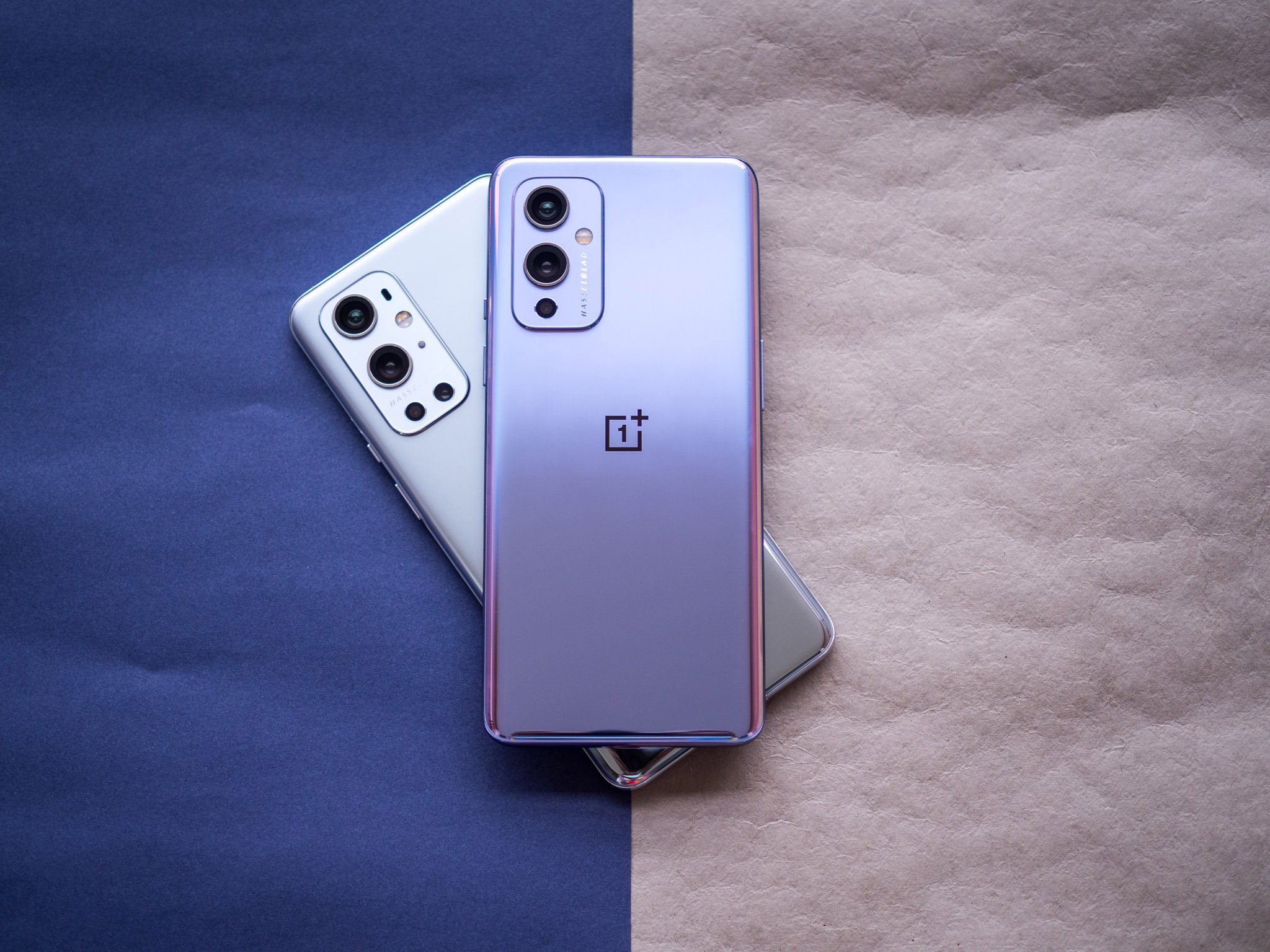
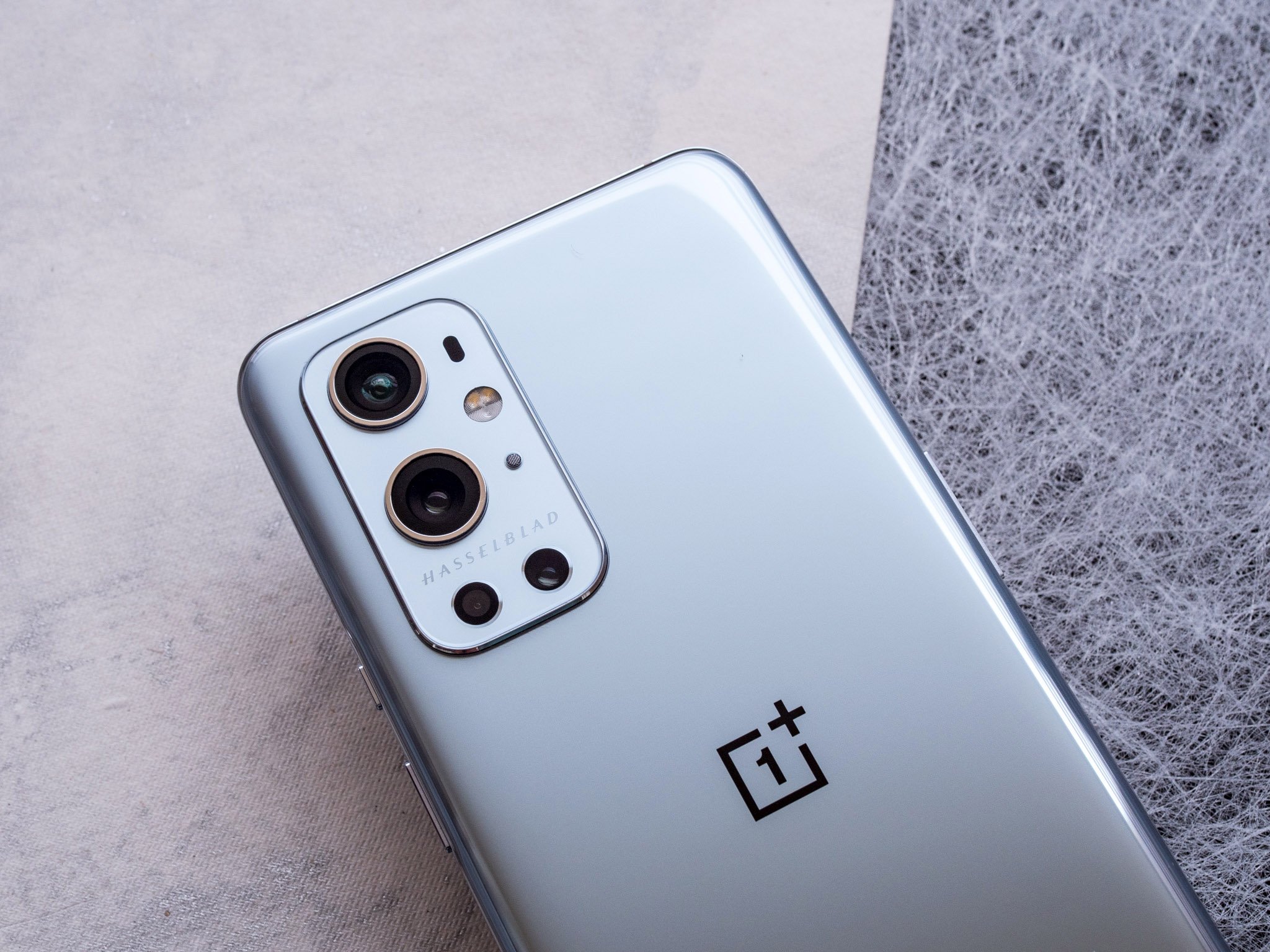

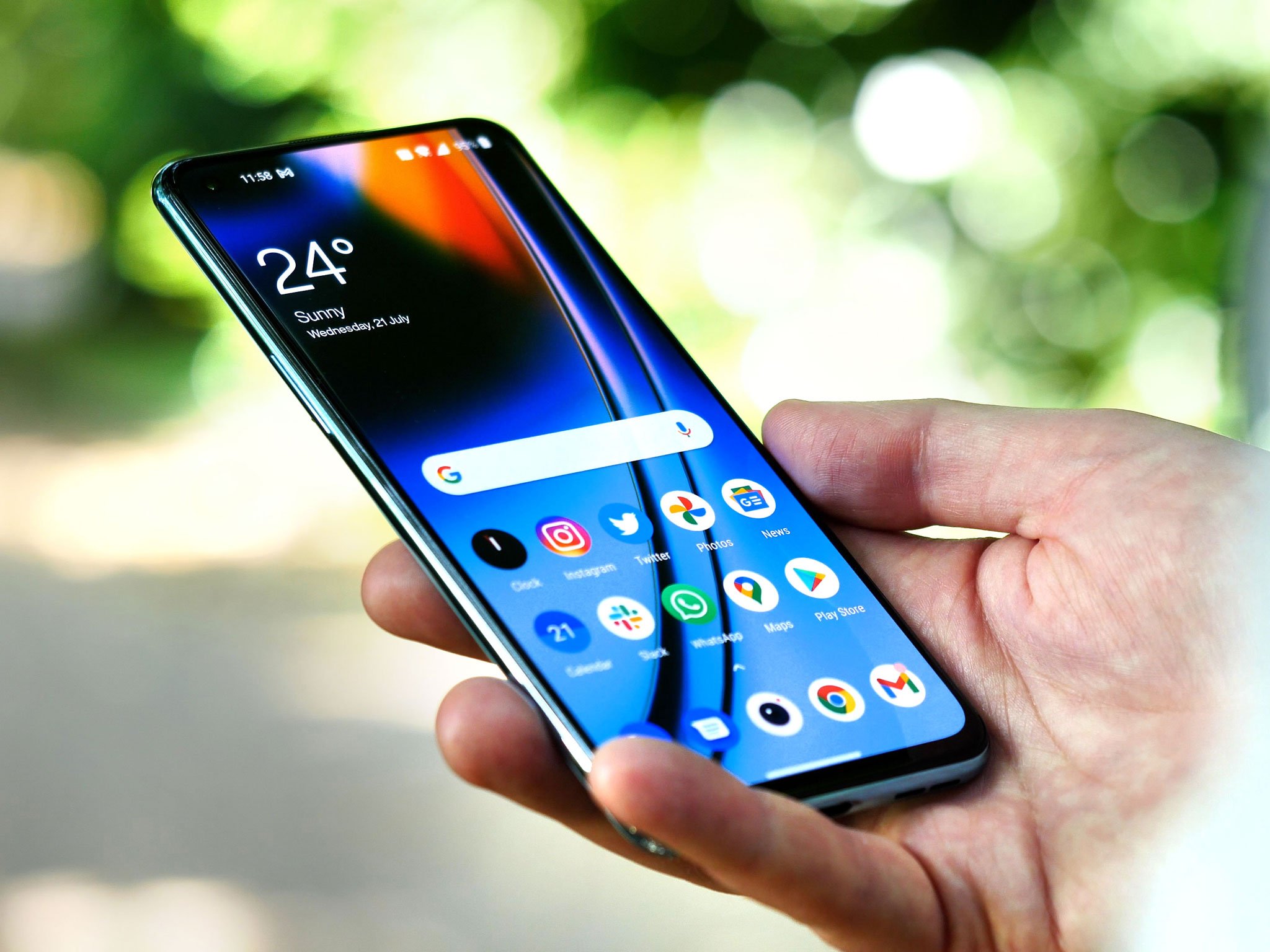
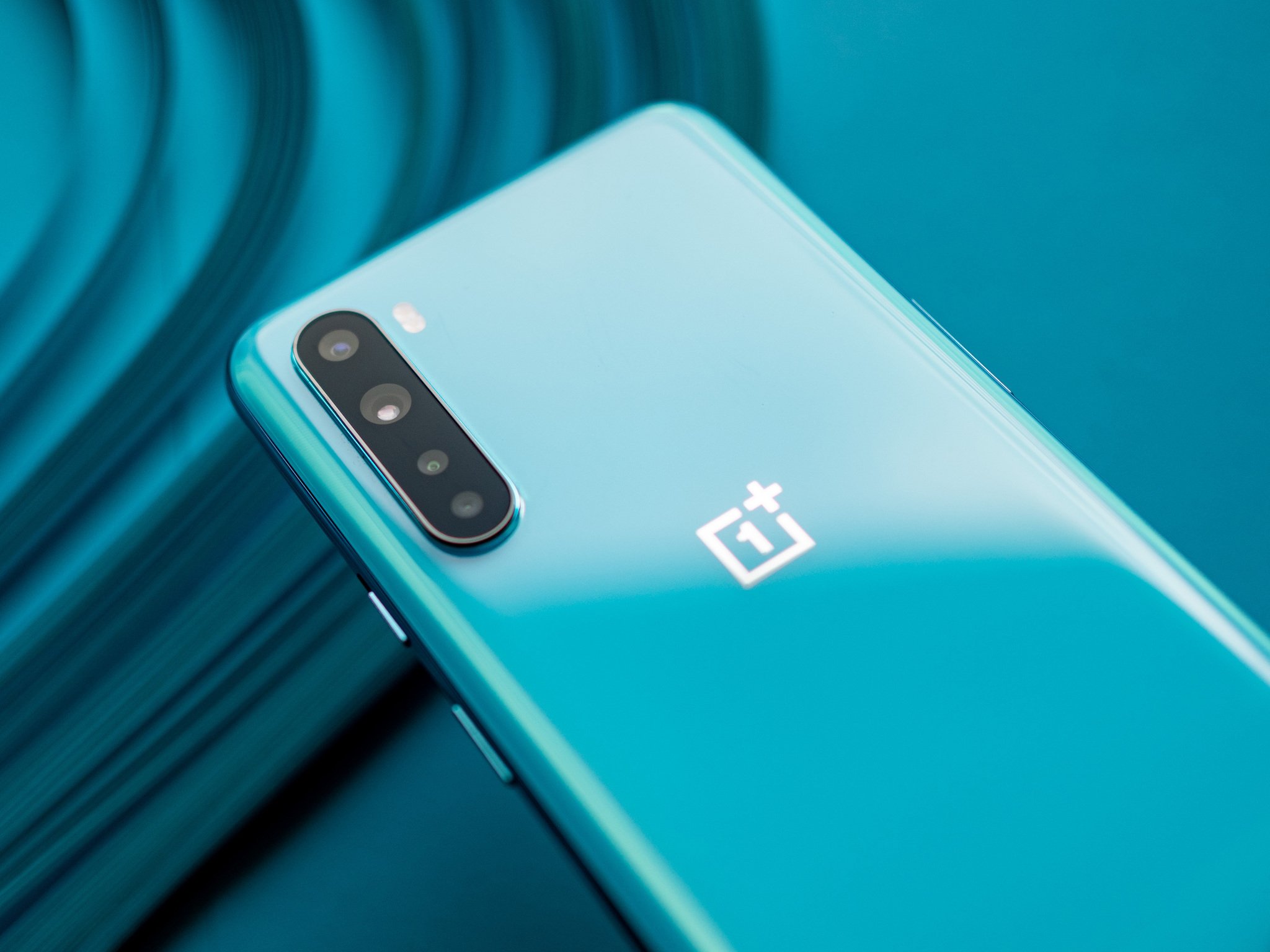
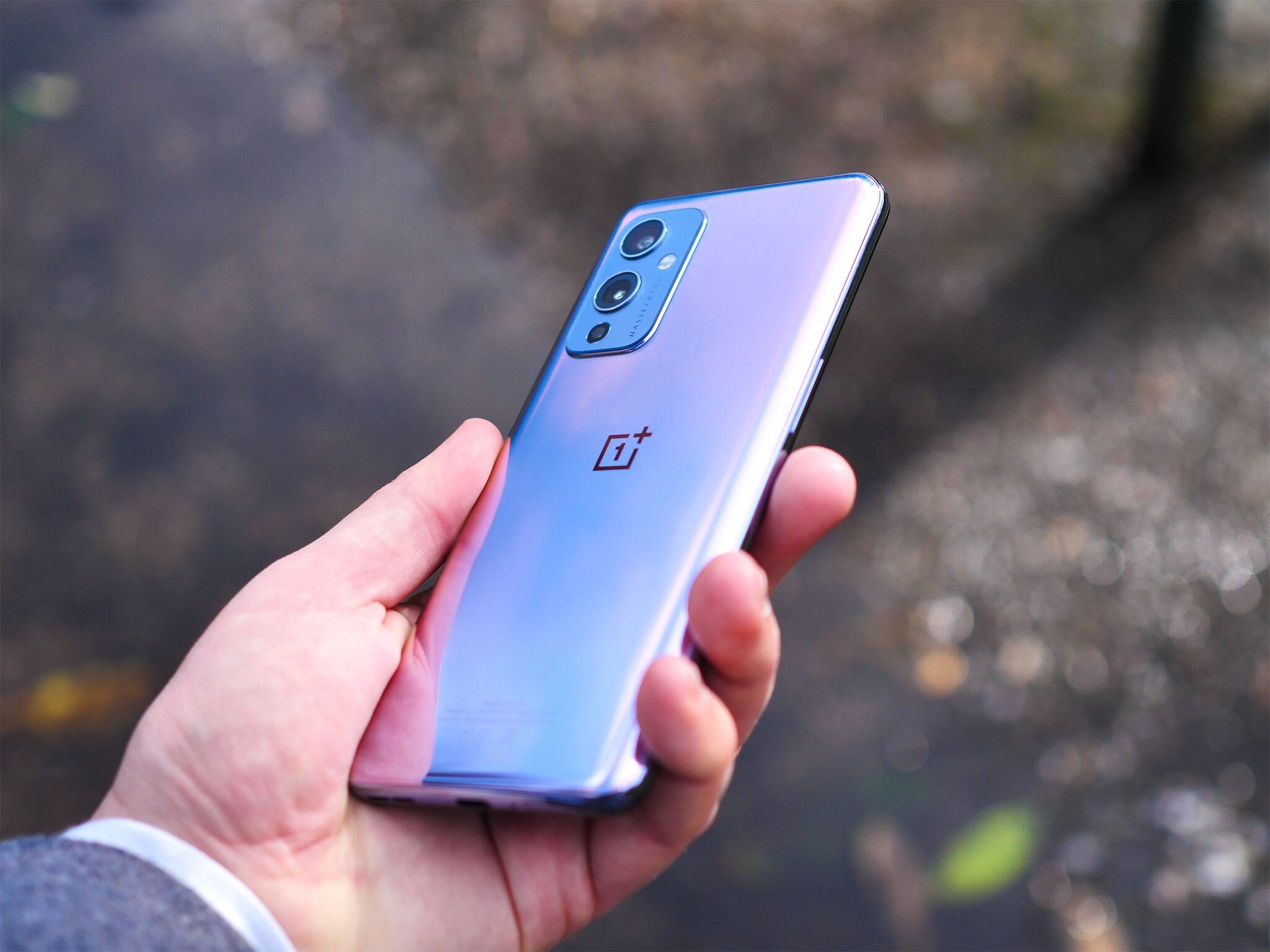

0 comments: